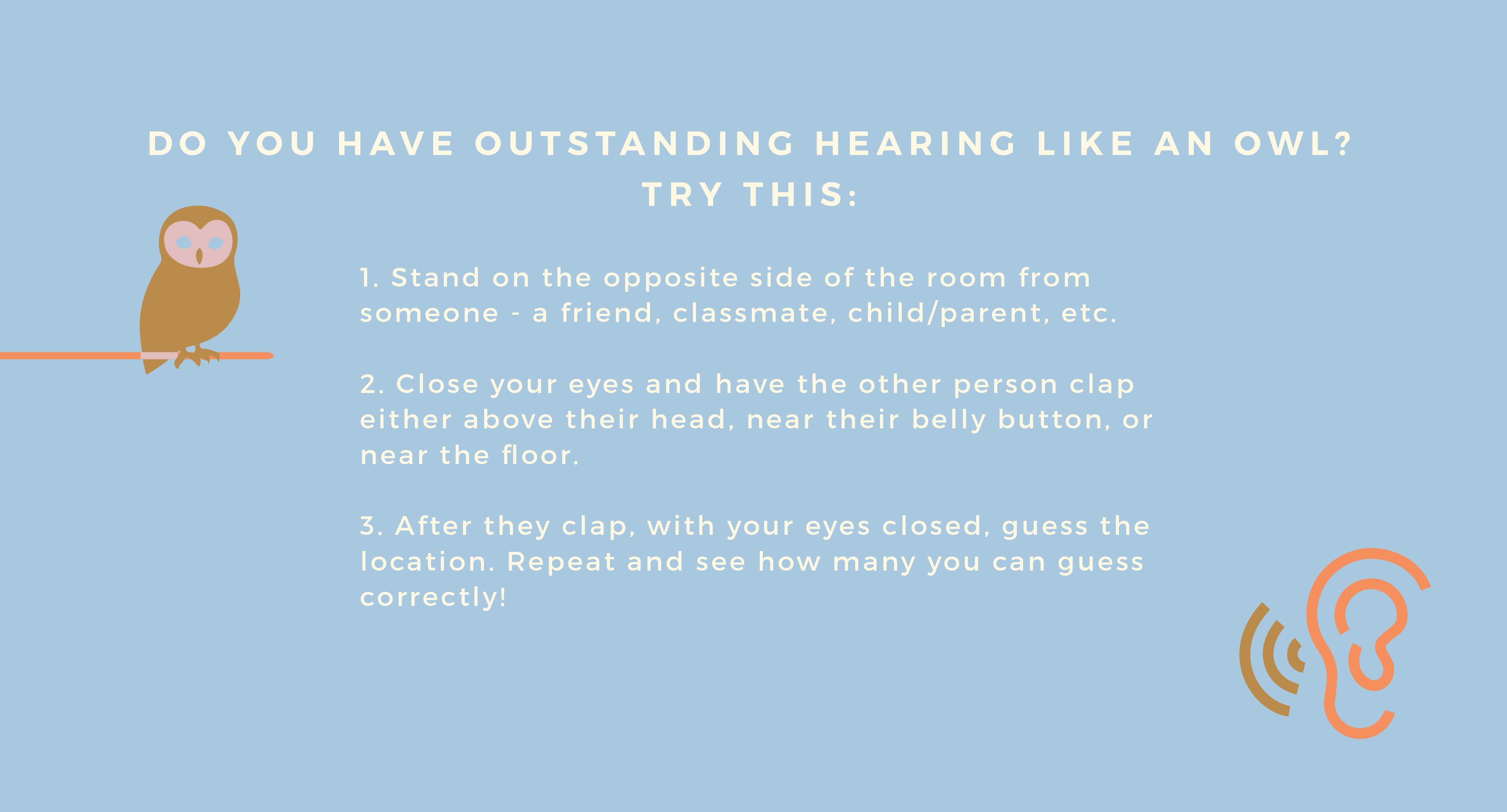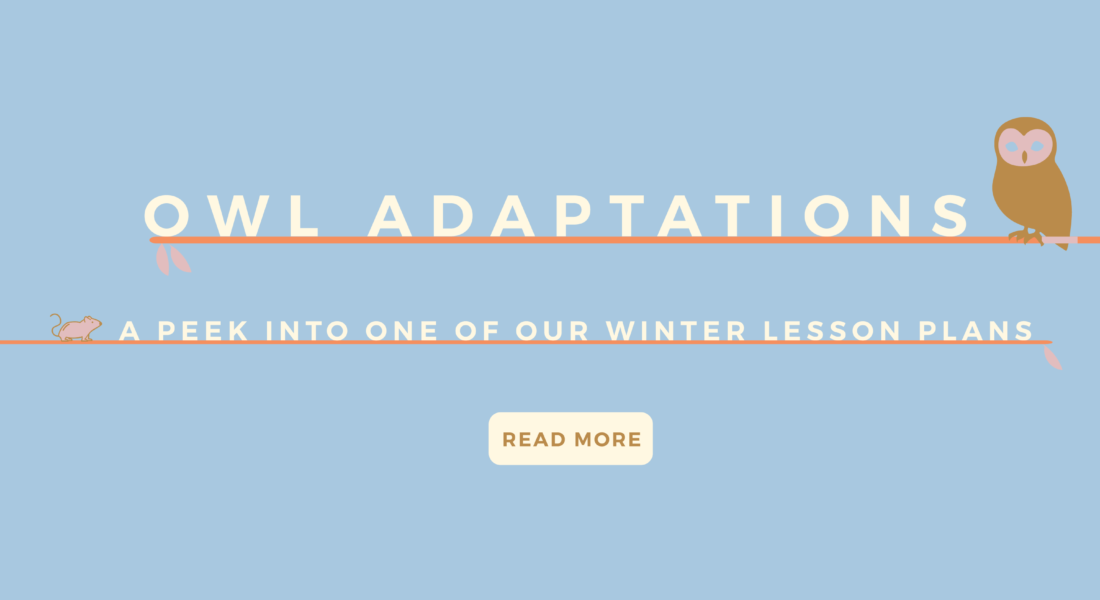“But what do you do in the winter?”
We get asked this question all the time. In addition to a wide range of winter programming at Tanadoona, we also bring nature-based education to schools, housing complexes, and community centers through year-round, in-school and out-of-school time programs. This month, we asked Katy Konrad, our Outdoor Programs Manager, to share one of the lesson plans youth in Camp Fire programs are learning this winter. Don’t let the cold stop you from exploring nature!

Winter in Minnesota is a magical time of year. We get snow to build with and play in. We get ice to slide on. We get to wear as many layers as we can manage to stay warm. But what about the wildlife that call “Minne-cold-ya-know” home?
The subnivean zone is a fascinating habitat. The word subnivean comes from the Latin words for under (sub) and snow (nives). This zone is the open, shallow layer that forms under deep, layered snow. Small mammals – like voles (small rodents, relative of the mouse) – create a series of tunnels in the snow to stay safe, warm, and to have access to food. The snow, when we have enough, traps air and acts as insulation. A thick layer of snow may offer some protection from predators but not all!
![]()
Owls rely on small mammal populations in colder temperatures and they don’t let the snow get in their way. They are amazing hunters and have many characteristics (also known as adaptations) to help them survive and find food. Owls, for example, have excellent hearing. Their ears are asymmetrical on their head — one is located higher on one side of the skull and the other lower on the opposite side. Additionally, owls have facial disks that help funnel the sound to each ear. These adaptations help the owl pinpoint a mouse under feet of snow!

Owls will be able to pinpoint the precise location of the noise. Humans typically aren’t as good, but give it a shot and see how you compare!
